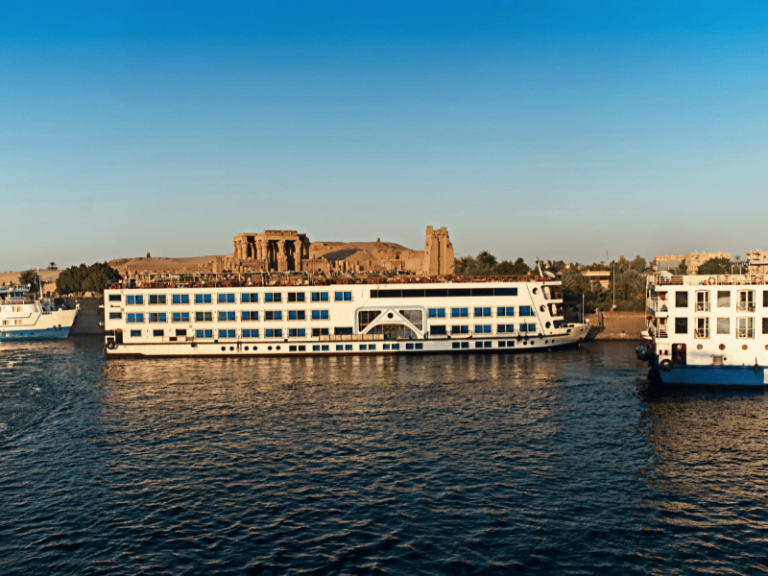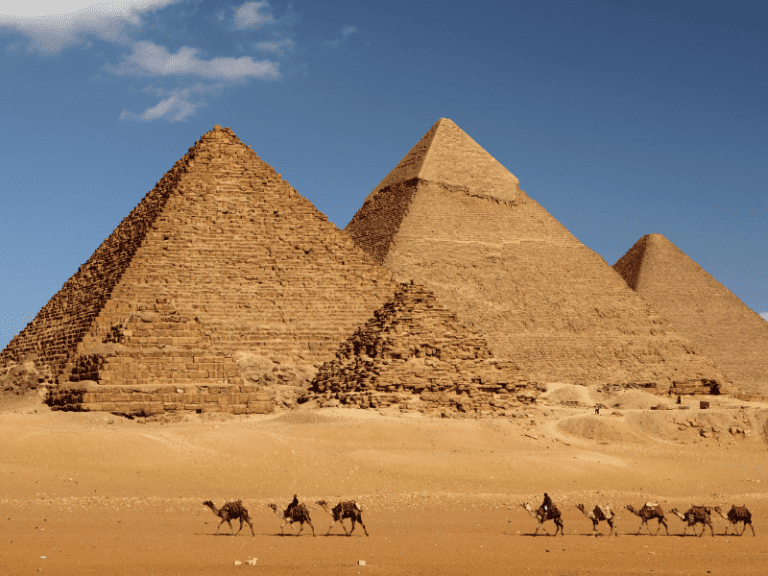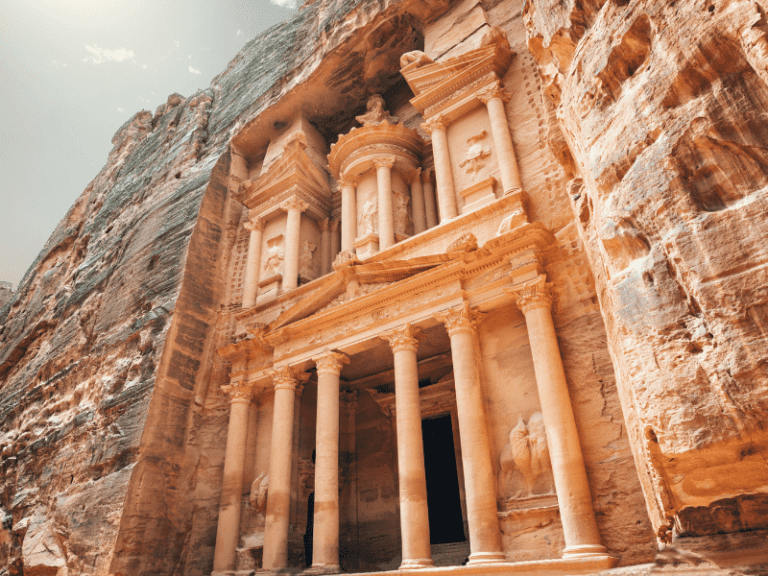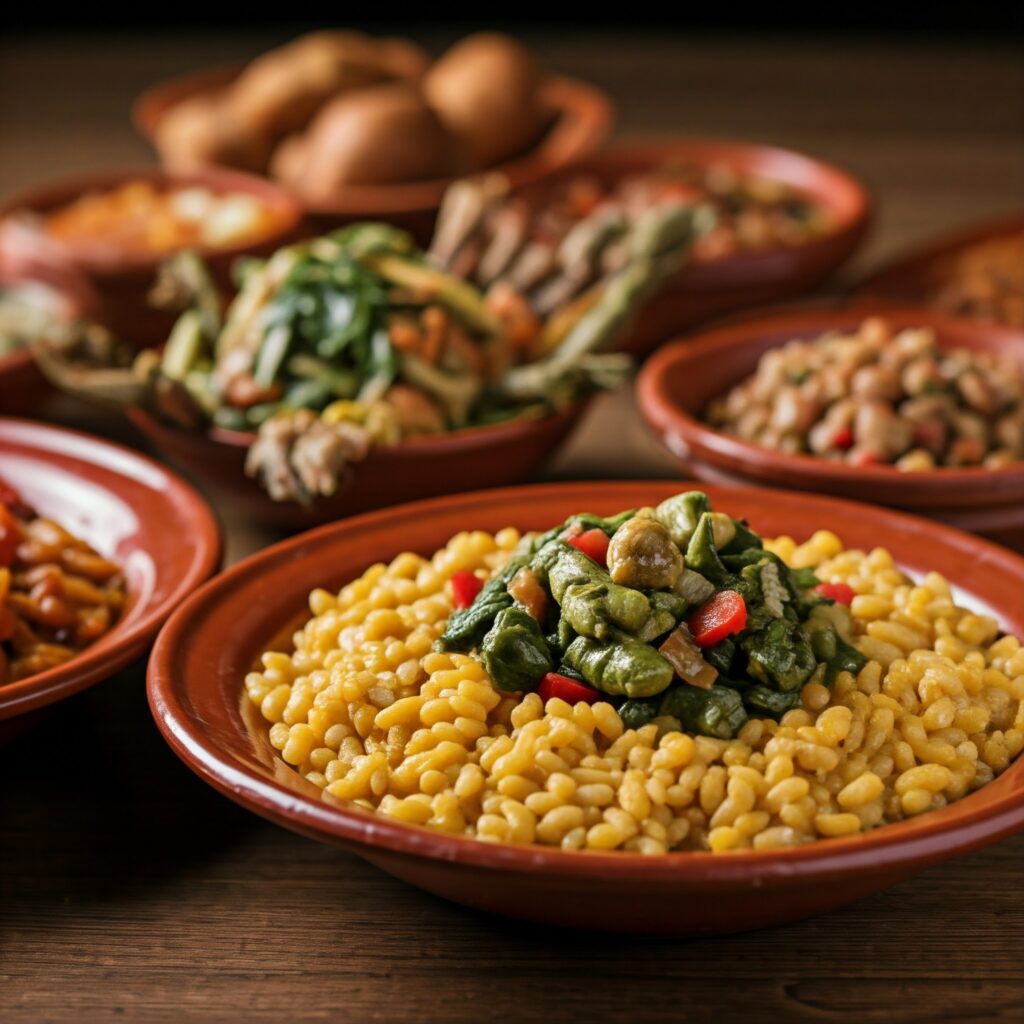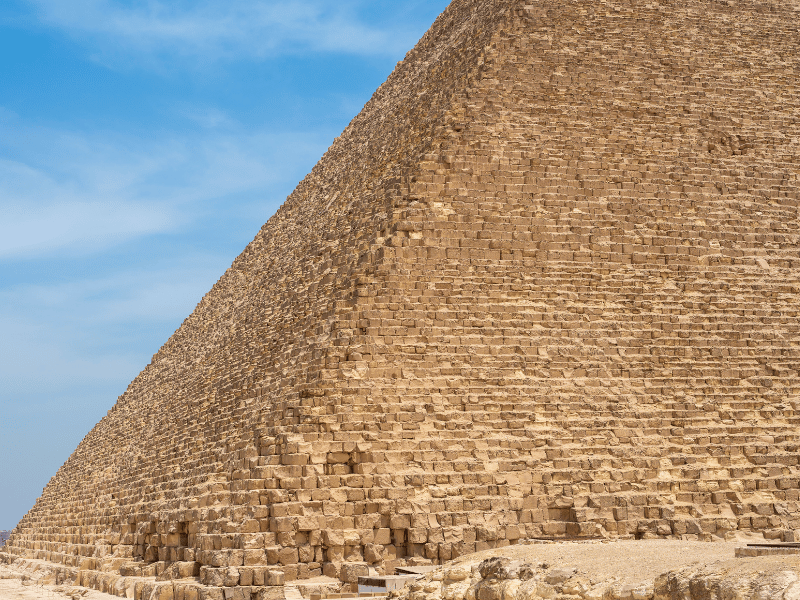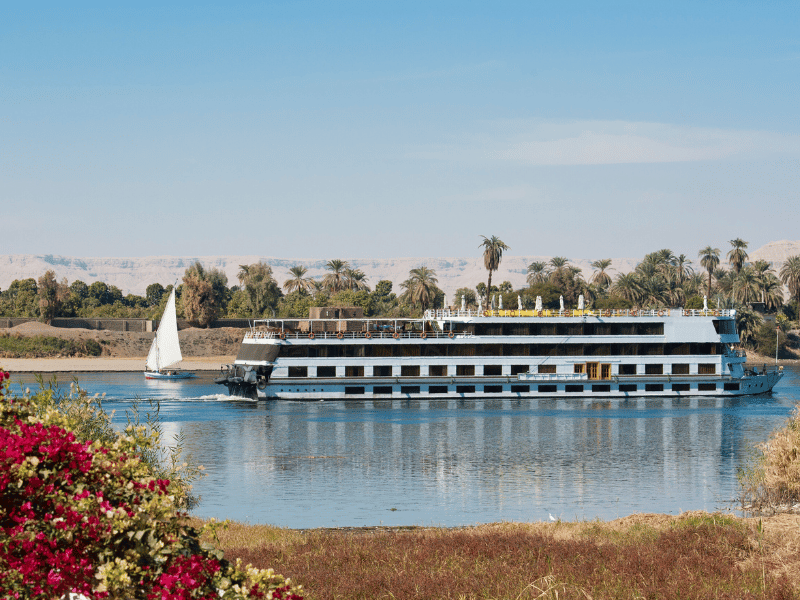The history of Egypt is marked by centuries of religious and cultural transformation. Among the most significant chapters in Egypt’s religious evolution is the rise of Christianity, particularly the establishment of the Coptic Christian Church. The Coptic Church, with its rich history, deep spirituality, and distinct traditions, has played a vital role in shaping Egypt’s religious and cultural identity. For modern travelers exploring Egypt, understanding the rise of the Coptic Christian Church offers a glimpse into the country’s spiritual journey and its legacy that endures to this day.
The Early Spread of Christianity in Egypt
Christianity made its way into Egypt in the early years of the first century AD, shortly after the death of Jesus Christ. The spread of Christianity was fueled by the efforts of missionaries and apostles, the most notable of whom was St. Mark, traditionally believed to have brought Christianity to Egypt in the 1st century.
- St. Mark the Evangelist: According to tradition, St. Mark arrived in Alexandria, the intellectual capital of the ancient world, and established a Christian community there. He is regarded as the founder of the Coptic Orthodox Church and is considered its first pope.
- Alexandria’s Role: Alexandria was a hub of learning and culture, which made it an ideal setting for the early spread of Christianity. The city’s Christian community grew rapidly, and by the 2nd century, Alexandria became one of the main centers of Christian theological thought.
- Persecution and Growth: Early Christians in Egypt faced periods of persecution from Roman authorities. Despite this, Christianity continued to spread, with many Egyptians converting to the new faith, drawn by its message of hope and salvation.
The early years of Christianity in Egypt were marked by struggles and challenges, but the faith gradually found its roots and began to thrive.
The Development of the Coptic Identity
The term “Coptic” comes from the Greek word “Aigyptos,” which means “Egyptian.” Over time, the term came to refer to the indigenous Egyptian Christians and their unique cultural and religious identity. As Christianity spread and became more established, it began to evolve into a distinct branch of Christianity with its own theological, liturgical, and cultural practices.
- Coptic Language: One of the defining characteristics of the Coptic Church is its use of the Coptic language, a direct descendant of the ancient Egyptian language written in Greek characters. The Coptic language became the liturgical language of the Church and is still used in many of its religious services today.
- Coptic Liturgy: The Coptic liturgy is rich and ancient, with many elements that distinguish it from other branches of Christianity. It features hymns, prayers, and rituals that are steeped in Egyptian traditions, reflecting the deep connection between the Church and the culture of Egypt.
- Distinct Beliefs and Practices: The Coptic Church developed its own theological outlook, including a unique interpretation of Christian doctrines such as the nature of Christ and the Trinity. The Coptic Church also maintained its independence from the Roman Catholic and Eastern Orthodox Churches, which led to significant theological differences.
As the Coptic identity began to take shape, it became a powerful symbol of Egyptian religious and cultural autonomy, especially in the face of foreign rule.
The Rise of the Coptic Orthodox Church
The Coptic Orthodox Church formally established itself as a distinct religious entity after the Council of Chalcedon in 451 AD. The council sought to resolve theological disputes over the nature of Christ, but the decisions made at the council were not accepted by many Egyptian Christians. As a result, the Coptic Orthodox Church rejected the Chalcedonian definition of Christ’s nature, which led to a permanent split between the Coptic Church and other branches of Christianity, including the Roman Catholic Church and the Eastern Orthodox Church.
- Theological Dispute: The disagreement centered around the doctrine of Christ’s nature. The Coptic Orthodox Church adhered to Miaphysitism, which teaches that Christ’s divine and human natures are united in one essence. This differed from the Chalcedonian belief in two separate natures of Christ, one divine and one human.
- Establishment of the Coptic Orthodox Patriarchate: Following this theological rift, the Coptic Orthodox Church in Egypt established its own patriarchate, with the Pope of Alexandria becoming the spiritual leader of all Egyptian Christians. The Coptic Pope holds significant authority and is regarded as the head of the Church, a role that continues today.
The rise of the Coptic Orthodox Church marked the formalization of a unique and independent Christian tradition that has endured for centuries.
Coptic Christianity Under Muslim Rule
The spread of Islam in Egypt in the 7th century brought significant changes to the region, but it did not diminish the presence of Christianity. The rise of Islam and the establishment of the Arab Caliphate led to the gradual decline of the Coptic Orthodox Church’s political power, but Christianity continued to thrive within Egypt’s Christian communities.
- Islamic Rule and Tolerance: Under Muslim rule, Copts were recognized as “People of the Book” and were granted the status of protected minorities. Although Coptic Christians were subject to certain restrictions and taxes, they were generally allowed to practice their faith without interference.
- Coptic Decline: Over time, the political power of the Coptic Church waned, and many Christians converted to Islam. However, the Coptic Church remained a vital part of Egyptian society, and many of its traditions continued to be passed down through the generations.
- Coptic Identity in the Modern Era: In modern Egypt, the Coptic Orthodox Church remains an influential institution, despite the challenges faced by the Christian minority in a predominantly Muslim country. The Copts have maintained their unique identity and played a key role in the social, cultural, and political life of Egypt.
The rise of Islam and the subsequent decline of political power did not erase the Coptic Christian presence in Egypt, which has remained a resilient and important part of Egypt’s religious landscape.
The Coptic Church Today: A Living Tradition
Today, the Coptic Orthodox Church continues to be a major religious force in Egypt and the broader Egyptian diaspora. The Coptic community plays an important role in maintaining Egypt’s ancient Christian heritage while also contributing to modern society. The church is also an important center of education, art, and culture.
- Coptic Monasteries and Churches: Egypt is home to many ancient Coptic monasteries and churches, some of which date back to the early centuries of Christianity. These sites are not only places of worship but also symbols of Egypt’s Christian history and resilience.
- Coptic Festivals and Celebrations: The Coptic Church celebrates many religious festivals, such as Christmas (celebrated on January 7) and Easter, with elaborate liturgies and communal gatherings. These festivals play a key role in preserving Coptic traditions and keeping the faith alive for future generations.
- Copts in the Diaspora: The Coptic Orthodox Church has a significant presence outside Egypt, with large communities in countries like the United States, Canada, and Australia. These communities continue to practice their faith, preserve their culture, and contribute to their new countries.
The Coptic Christian Church today stands as a testament to the enduring legacy of Egypt’s early Christian history, and its influence is felt both within Egypt and around the world.
Conclusion: The Enduring Legacy of the Coptic Church
The rise of the Coptic Christian Church is a story of resilience, faith, and cultural identity. From its early days in Alexandria to its role as a major religious institution in modern Egypt, the Coptic Church has shaped the spiritual and cultural landscape of Egypt. For travelers visiting Egypt, understanding the history and significance of the Coptic Christian Church adds a rich layer to the exploration of this ancient land. Travel Joy Egypt offers guided tours that include visits to Coptic sites, monasteries, and churches, giving travelers a deeper understanding of Egypt’s religious heritage.






